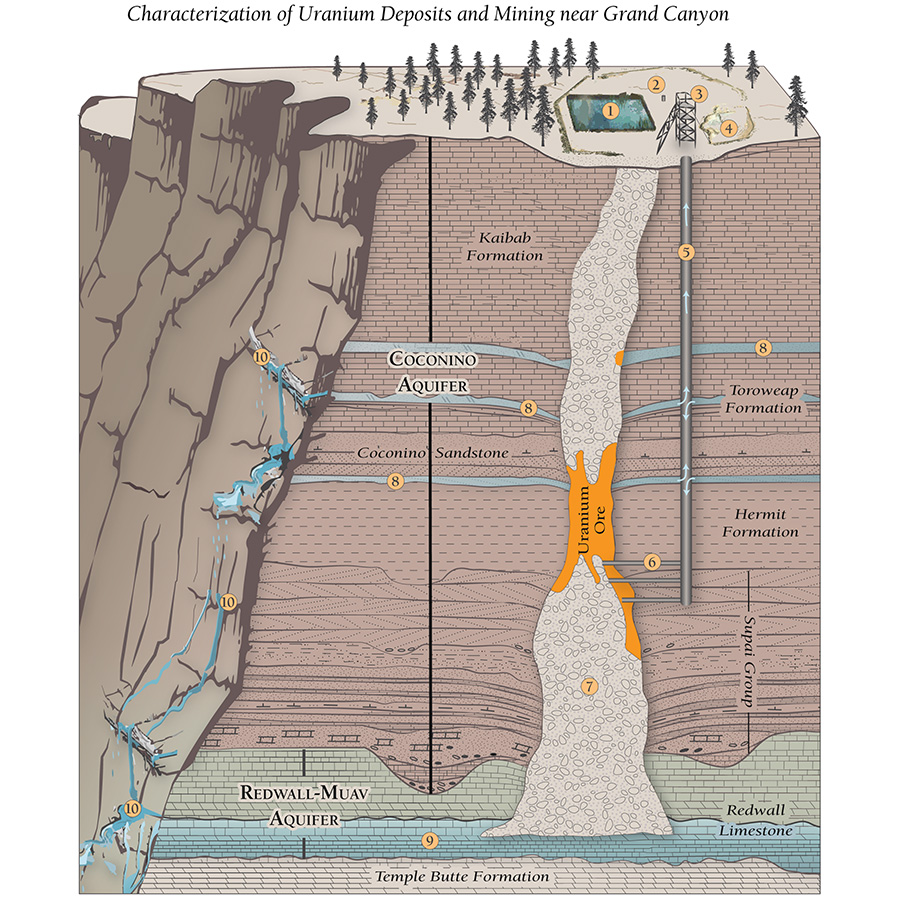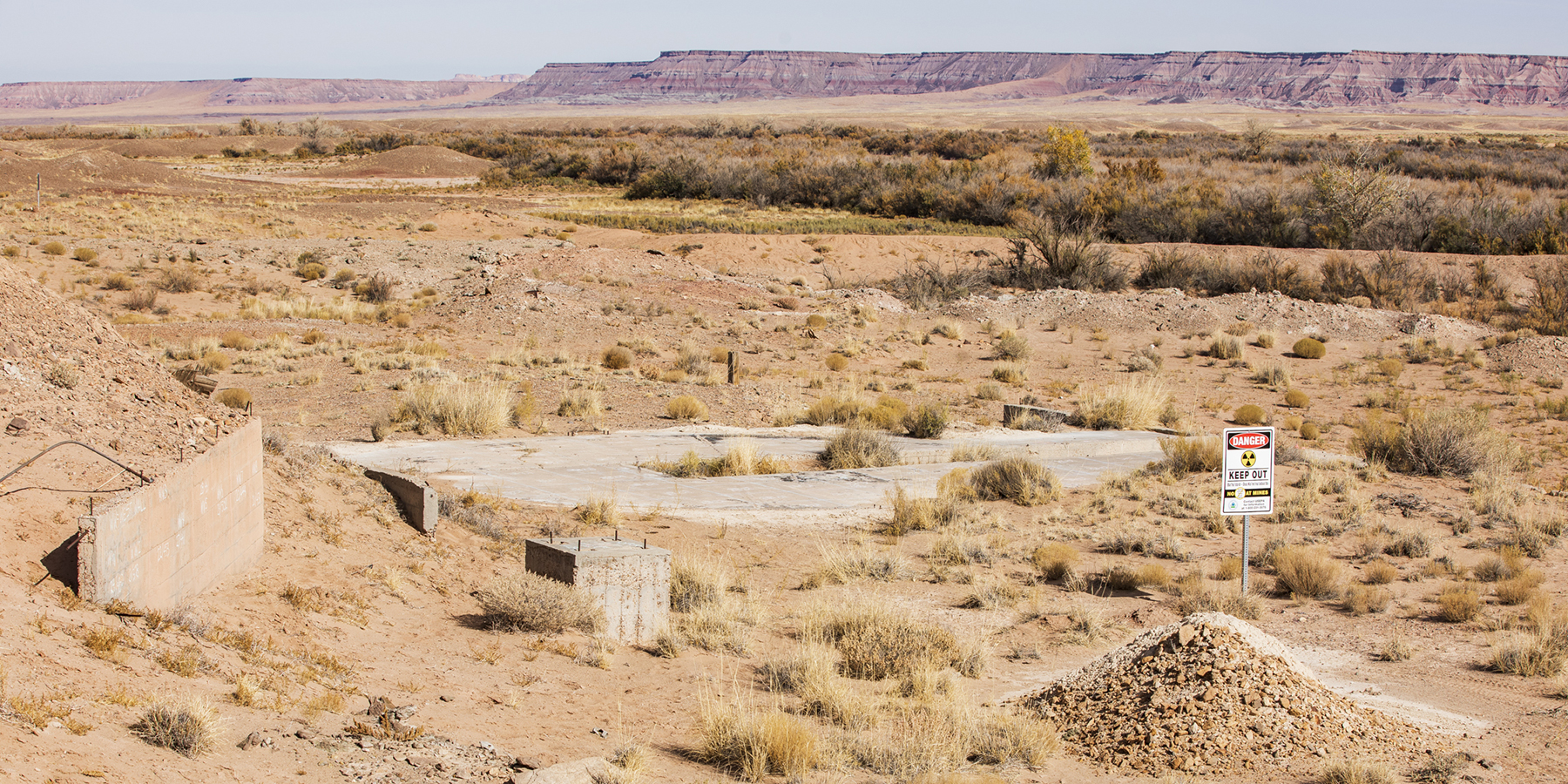
Uranium Legacy
Addressing the toxic legacy of uranium mining on the Colorado Plateau
Uranium mining has harmed people and polluted the environment across the Colorado Plateau, especially on tribal lands
Over 1,000 uranium mines and four uranium mills once operated on the Navajo Nation alone, according to some estimates.
With a half-life of 4.5 billion years, uranium’s legacy of contamination will always be with us. Decades of uranium mining have left behind polluted soil, air, and water that continue to poison communities and landscapes on the Colorado Plateau today.
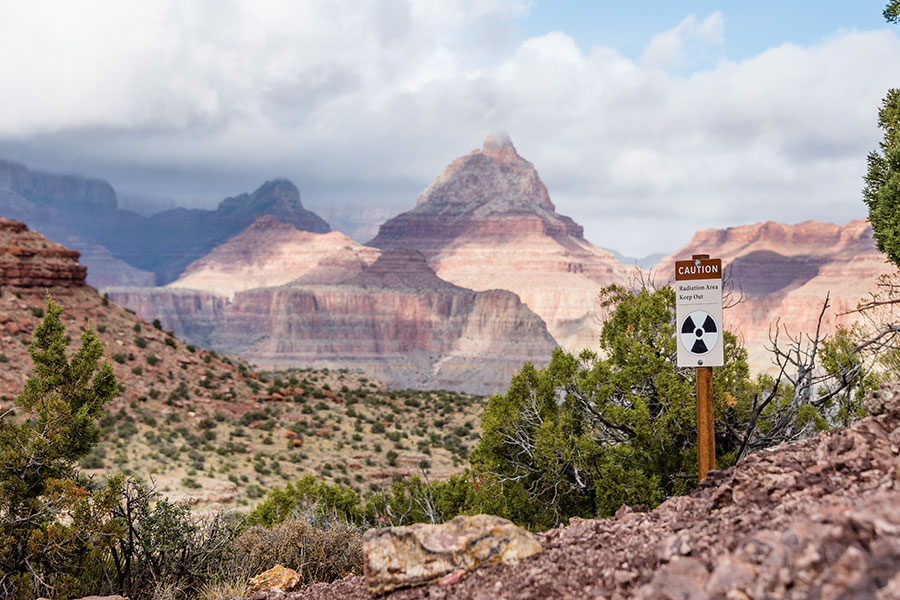
Abandoned mines
Over 500 abandoned uranium mines litter the Navajo Nation and have yet to be cleaned up.
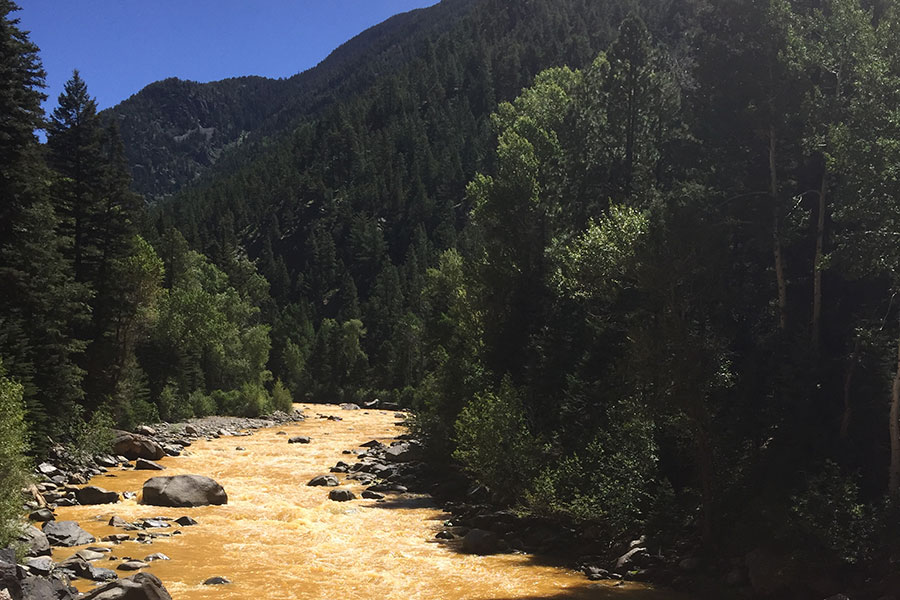
Radioactive spills
The largest radioactive spill in U.S. history occurred in Church Rock, on the Navajo Nation, in 1979.
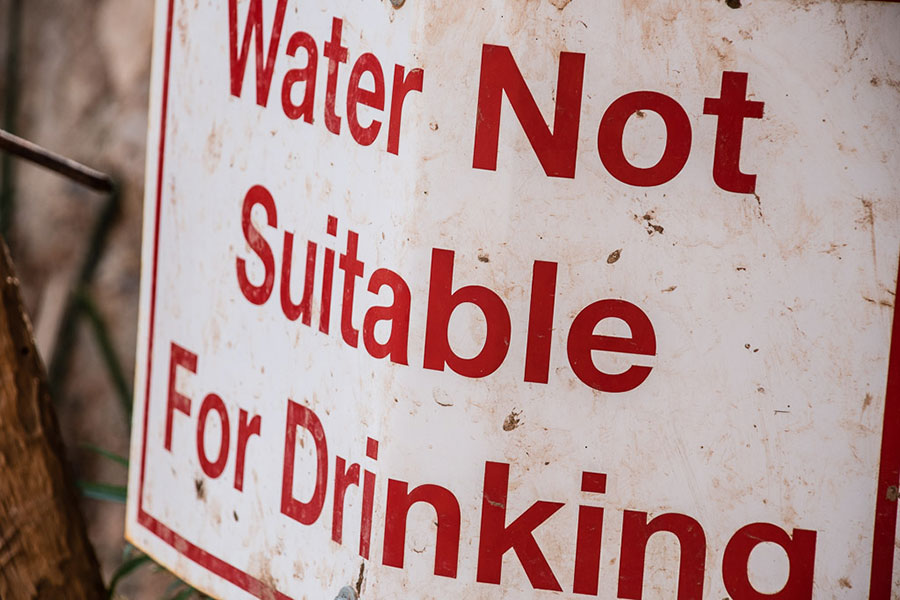
Contamination
Waste and tailings piles from uranium mines have leached contaminants into waters and soil.
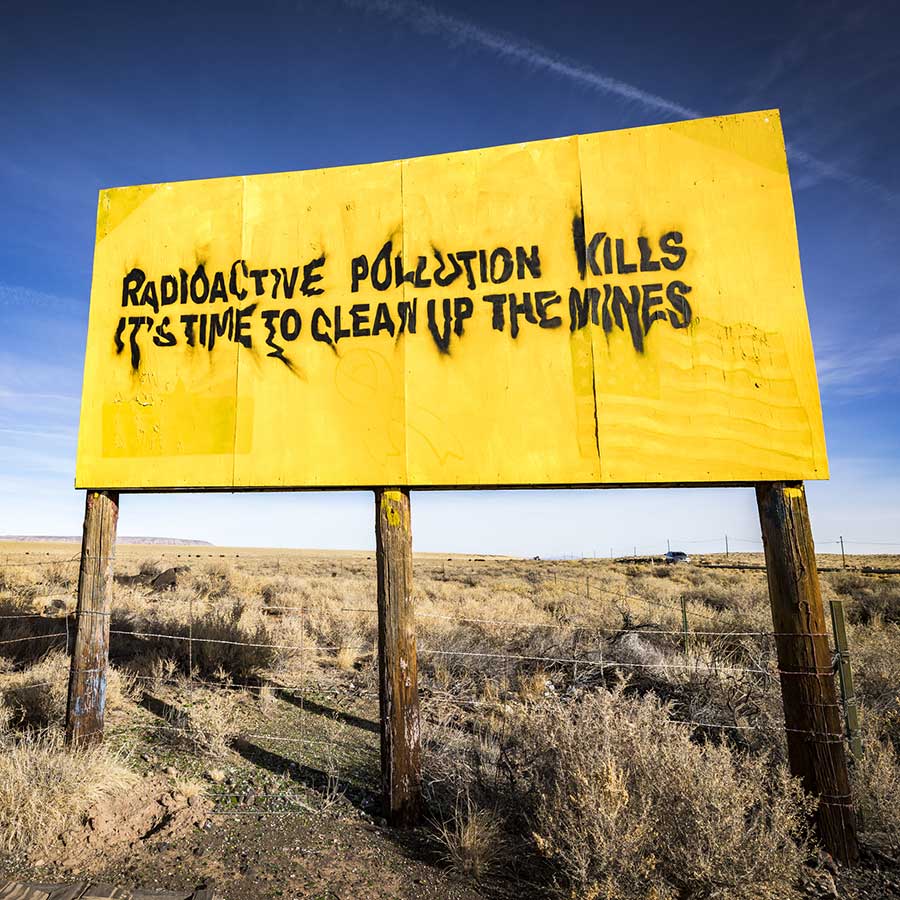
Uranium’s legacy on human health
Exposure to uranium can be linked to lung and bone cancer and other health problems, including autoimmune disfunction, kidney disease, reproductive disfunction, and high blood pressure. For Navajo communities exposed to uranium, there are also serious psychological and emotional impacts, including being forced off their ancestral lands and away from their culture.
Oppose uranium mining near the Grand Canyon
Uranium legacy: booms and busts
The nuclear race of the 1950s launched a government-sponsored uranium boom. Soon, thousands of prospectors rushed to the Southwest in search of uranium, digging thousands of mines across the Colorado Plateau.
But by the end of the decade, with uranium reserves brimming, the government curtailed its purchases. The boom became a bust. When mining companies could no longer turn a profit, they commonly walked away, abandoning mines without cleaning them up as would be required today.
The boom and bust cycle of uranium mining is stuck on repeat. First, market prices spike, and mines resume operation. Then prices tank, and mines shut down. Meanwhile, uranium’s legacy has left thousands of abandoned mines in need of cleanup, while others hang in limbo waiting for uranium prices to spike again.

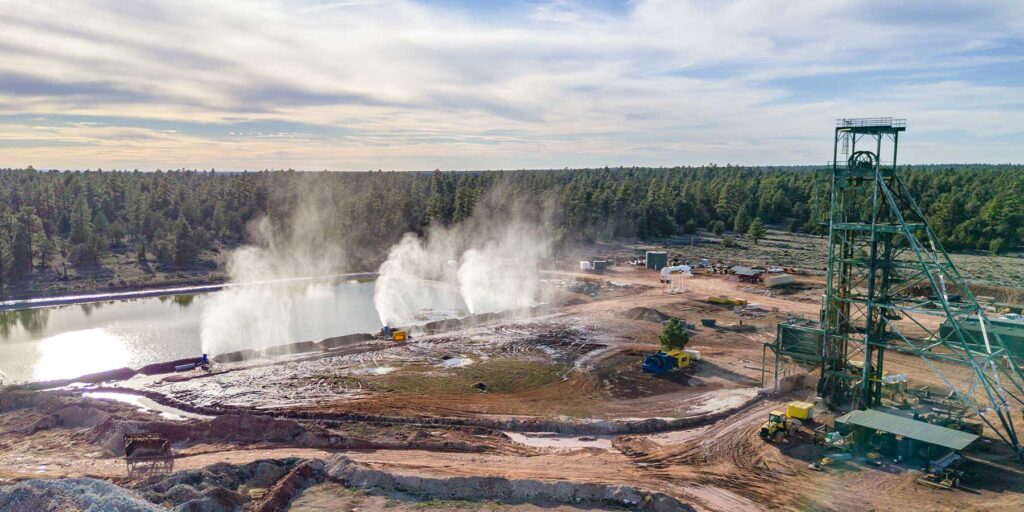
“America may have won the Cold War, but a decade after the collapse of the Soviet Union, Utah is left with a toxic legacy that has killed and sickened untold thousands of uranium miners and mill workers, contaminated water supplies for generations to come, and infected an otherwise stunning redrock landscape with millions of tons of radioactive mill tailings…”
Jerry D. Spangler and Donna Kemp Spangler
Utah Department of Environmental Quality
Uranium deposits
Uranium deposits sit deep within the inner folds of sandstone, siltstone, and mudstone layers that characterize the Southwest. For example, breccia pipes, one of the most common types of uranium deposits on the Colorado Plateau, typically range from 100 – 400 feet in diameter and can be up to 3,000 feet deep.
How much uranium is near the Grand Canyon?
(Hint: it’s not very much)
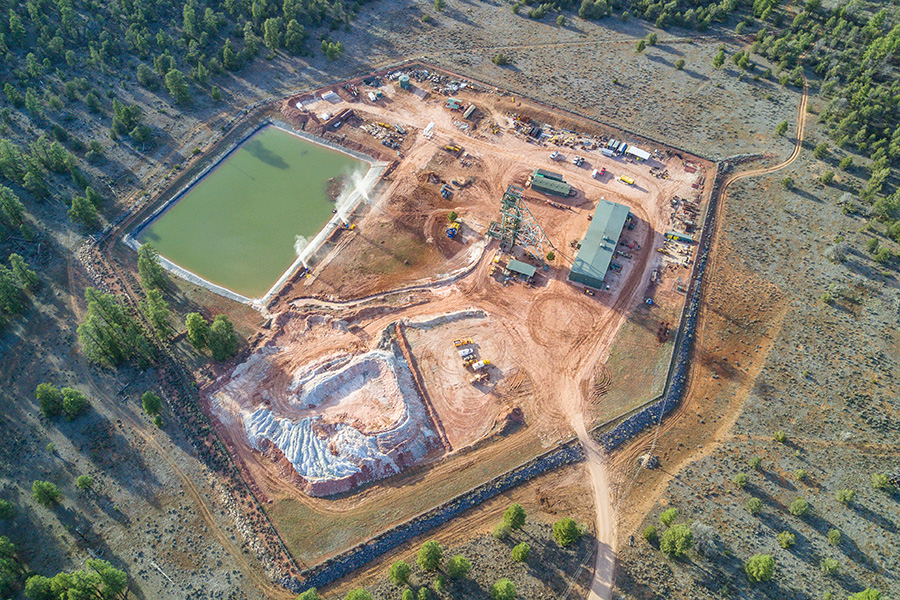
How is uranium mined?
Open pit mining: Miners strip away topsoil and rock above the uranium ore.
Underground mining: Miners break up rock and haul ore out through a tunnel or other opening.
Chemical dissolution: Uranium ore deposits are dissolved into a solution and extracted.
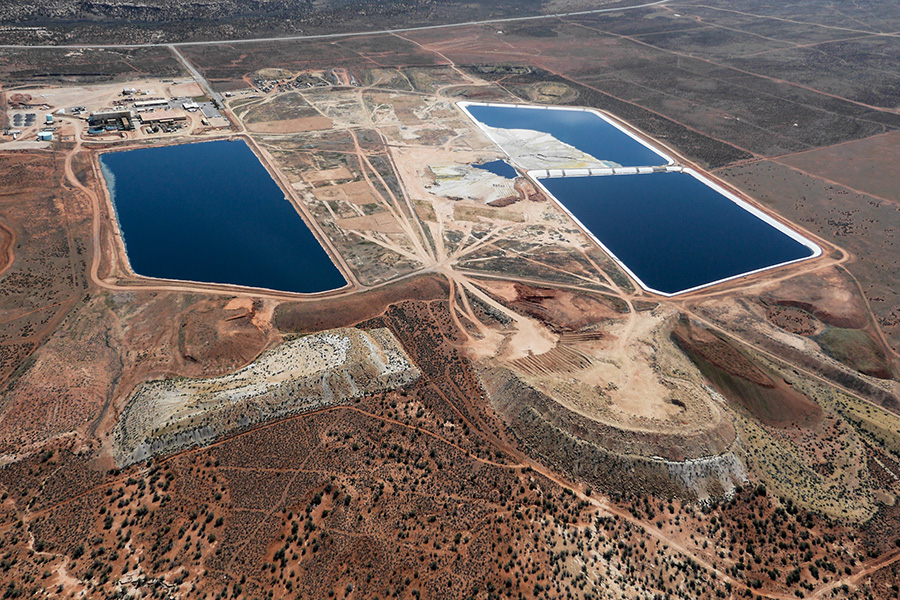
How is uranium processed?
After uranium is mined, it must be milled to remove the uranium from the ore. The mill crushes, grinds and treats ore with chemicals, dissolving the uranium into a solution. Then the final product, commonly referred to as “yellow cake,” is packed and shipped in casks.
The U.S. has only one operating conventional uranium mill, the White Mesa Uranium Mill in southeastern Utah.
Uranium blog
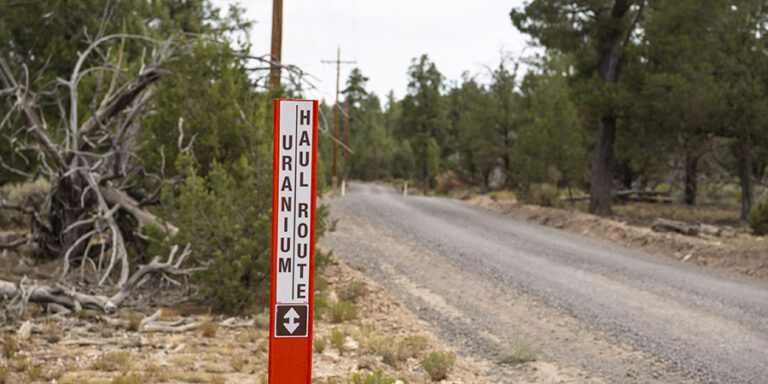
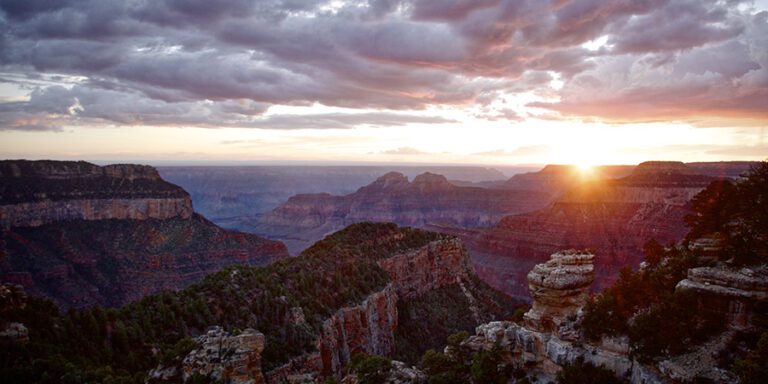
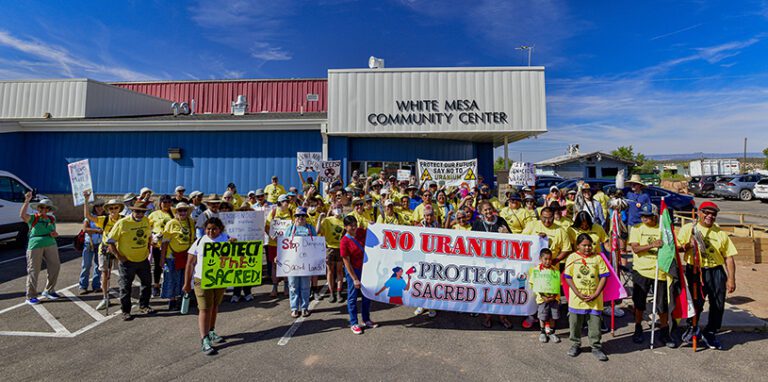
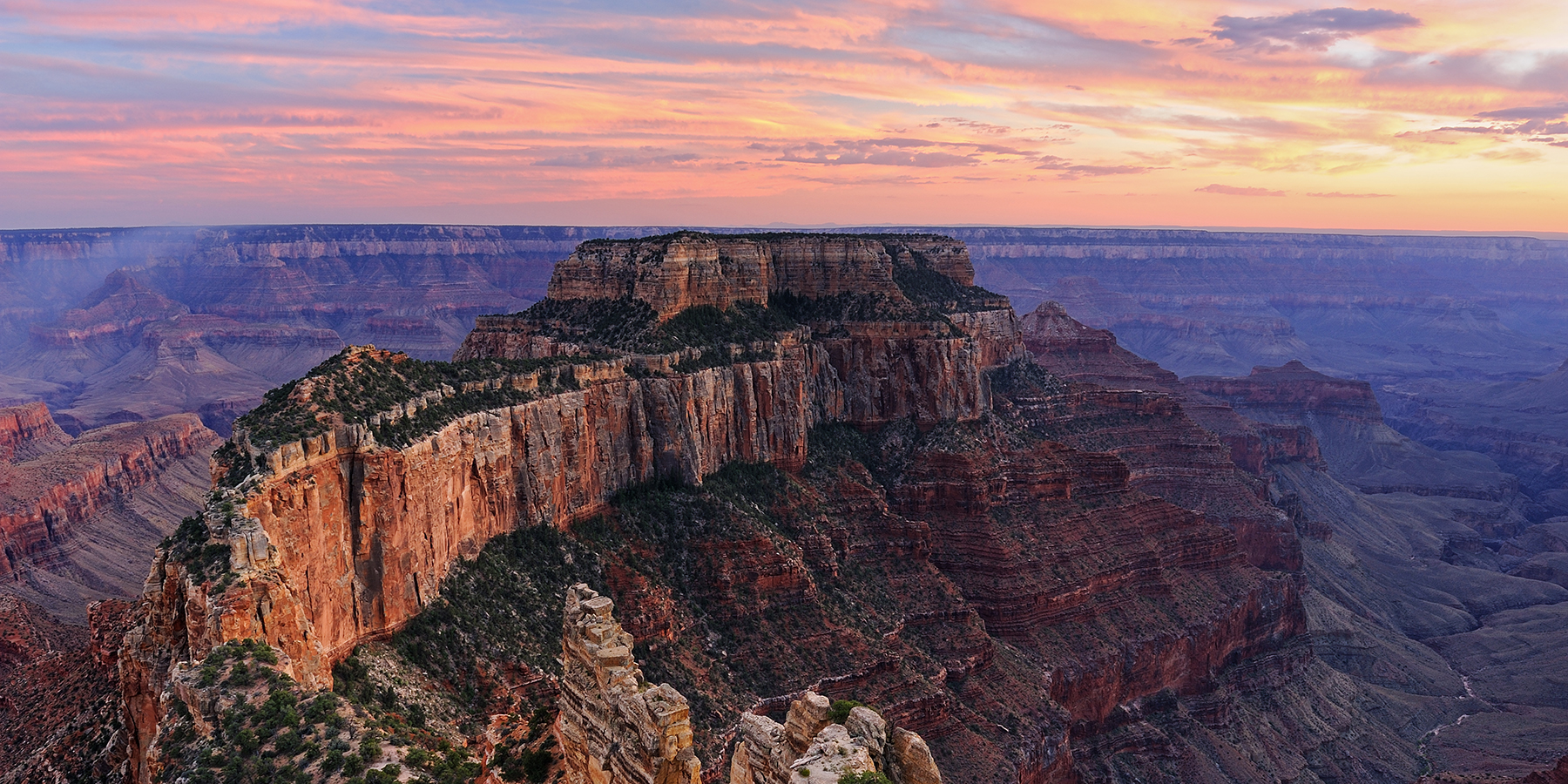
Grand Canyon Conservation Support the Trust and protect the Grand Canyon
Your donation funds on-the-ground conservation efforts and advocacy work.

